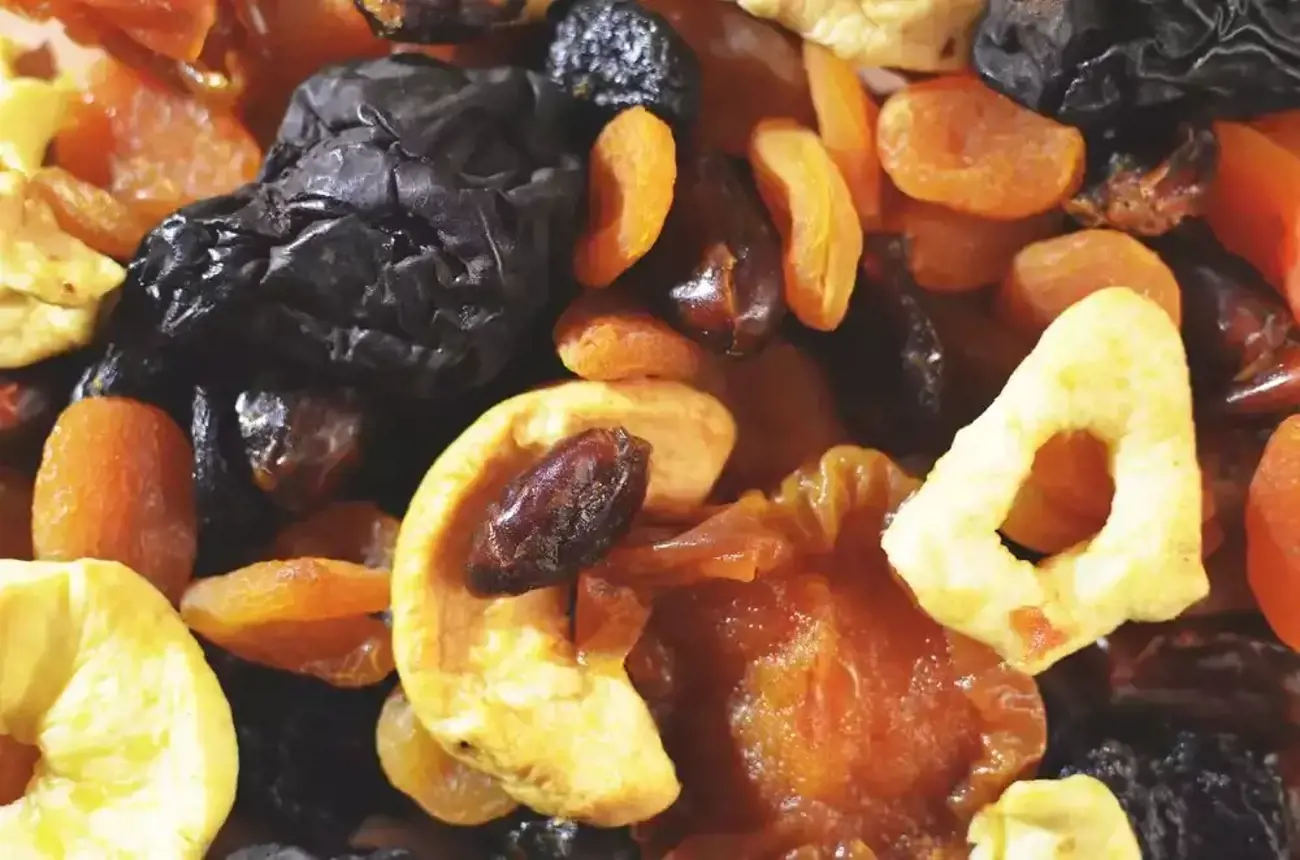Young children can be picky eaters, both literally and figuratively, and for this reason, dried fruit often appeals. It's easy for little fingers to pick up and comes with a burst of sweetness that tastebuds love.
Dried fruit is one of those foods that should be enjoyed in moderation, so before your child motors through another box of sultanas, let's take a look at how healthy this fruity snack really is.
The upsides and downsides of dried fruit
It's true that the shrivelled morsel in your child’s lunch box was once a juicy grape, crisp apple slice, plump plum, or some other kind of fresh, nutritious fruit. This means that although dried fruit has had all the water sucked out of it, along with some vitamin C and folate, it still contains the fibre, vitamins, minerals, antioxidants, and low-fat content of its original form.
During this drying out process, however, the sugar and kilojoules from the original piece of fruit become much more concentrated, so although a piece of dried fruit is a healthier snack than a piece of chocolate, it's not as nutritious as a serve of fresh fruit.
It's also very easy to over consume. Your child can munch through three dried apricots in no time at all, and because dried fruit is an easy, popular snack, there is the temptation for parents to load up lunchboxes with raisin boxes.
Keep in mind too, that when dried fruit is eaten in excess it may have these not-so-healthy side effects:
- An increased risk of tooth decay when the sugary bits get stuck to teeth, to avoid this, brush your child's teeth after eating dried fruit, rinse their mouth with water or get them to chew a piece of apple or cheese to dislodge the pieces
- Unhealthy weight gain caused by the high kilojoule content of dried fruit
- A risk of choking when young children struggle to swallow hard and/or sticky pieces of dried fruit
- Tummy troubles caused by its high fibre content
It's also worth noting that some dried fruit, like dried apricots, can contain high levels of sulphite preservatives. Food Standards says although sulphites are safe for most people, some sulphite-sensitive people, many of whom also have asthma, may react with allergy-like symptoms, and there are many parents who say their children's asthma is triggered by dried fruit.
What this means is that dried fruit is a 'sometimes food' and shouldn't be eaten as a regular snack. The Healthy Kids Association recommends that only occasionally, you can give your child 30g of dried fruit, and at early childhood education and care services, it's recommended that children should receive 1½ tablespoons of dried fruit, such as this quantity of raisins or four dried apricot halves, no more than once a week.
Healthier alternatives for snack time
An easy replacement for dried fruit is another kind of fruit. It's recommended that you give your child a variety of different coloured fruit, like green grapes, orange peaches, red strawberries, and purple plums.
Fresh fruit can be:
- Served whole or chopped up, such as a fruit salad
- Combined with yoghurt
- Mixed with desiccated coconut
- Frozen in bite-sized pieces, sweet pineapple works well
- Blended into a fruit smoothie with milk or yoghurt
- Blended and frozen to make a fruit slushie
You can also serve up stewed and canned fruit, just make sure it's in its natural juice not a sugary syrup.
In addition to fruit, here are some healthy snack ideas for under fives:
- Carrot, zucchini or celery sticks dipped in mashed avocado or hummus, crunchy vegies can be steamed to make them softer for very young children
- Rice cakes with low fat toppings
- Vegetable pikelets or savoury scones
- Hard-boiled eggs
- Small tins of baked beans
- Yoghurt
- Cheese slices or cheese sticks
- Trail mix made with nuts and a plain cereal, mini wheats or rice puffs
- Vegetable, meat or tuna patties that can be eaten warm or cold
Your child should be eating from five food groups each day, and to get a sense of how many serves of fruit, vegetables, grains, dairy, lean meat, eggs, nuts, and seeds etc. they need, click here. Although dried fruit is snack-a-licious for young children, it's healthier to focus on fresh, nutritious and varied food, instead of yet another box of raisins.
References
SNAC
Nutrition Australia


































